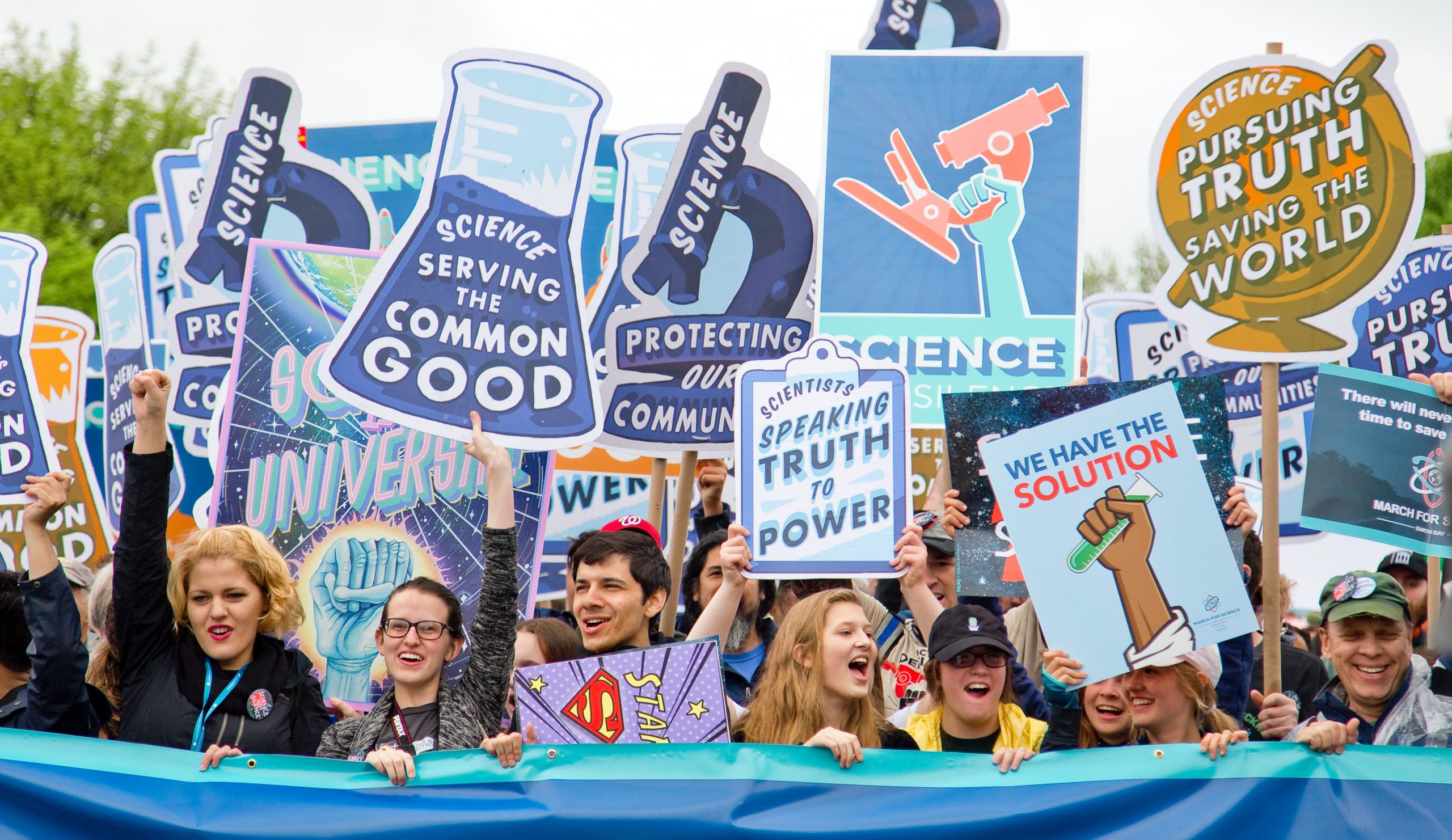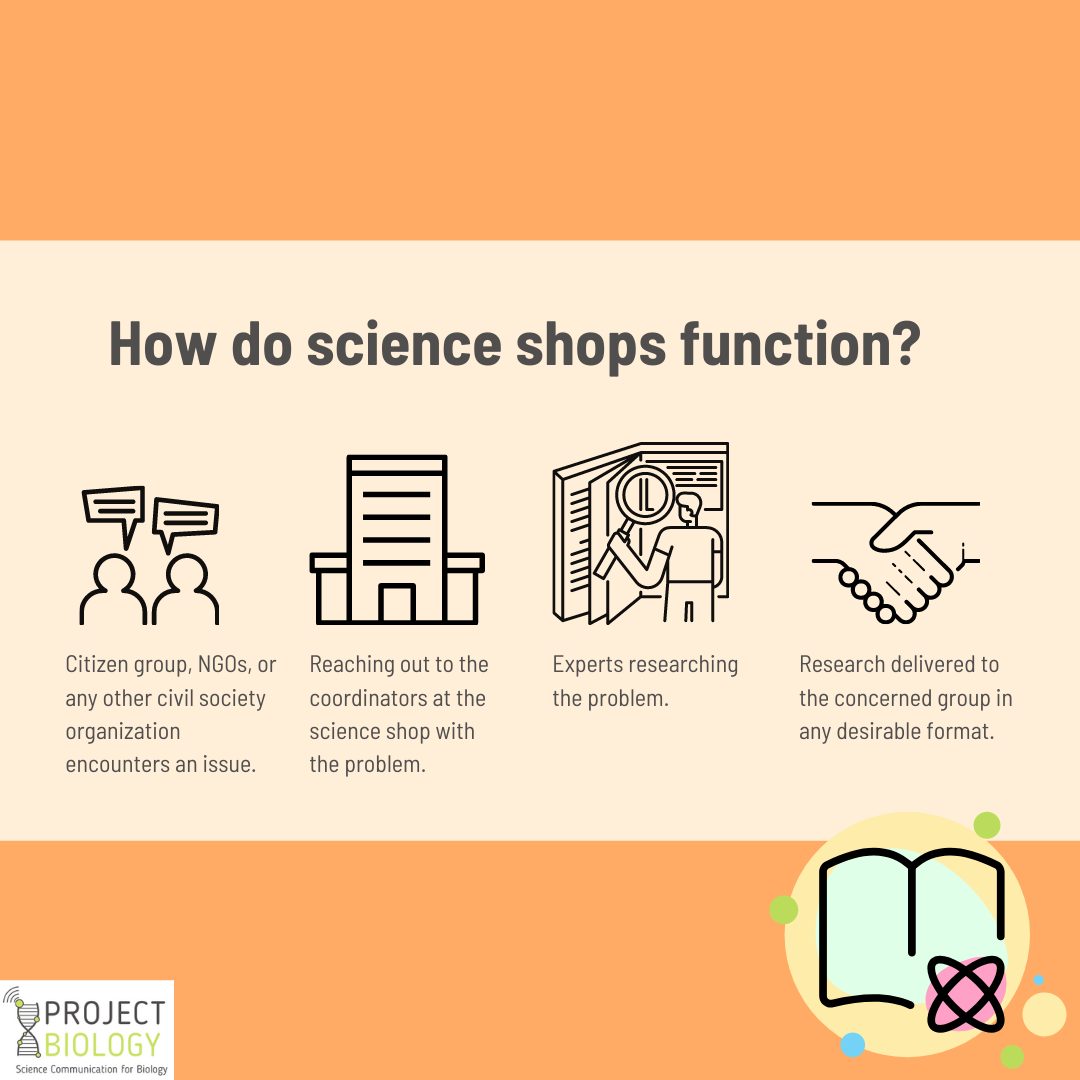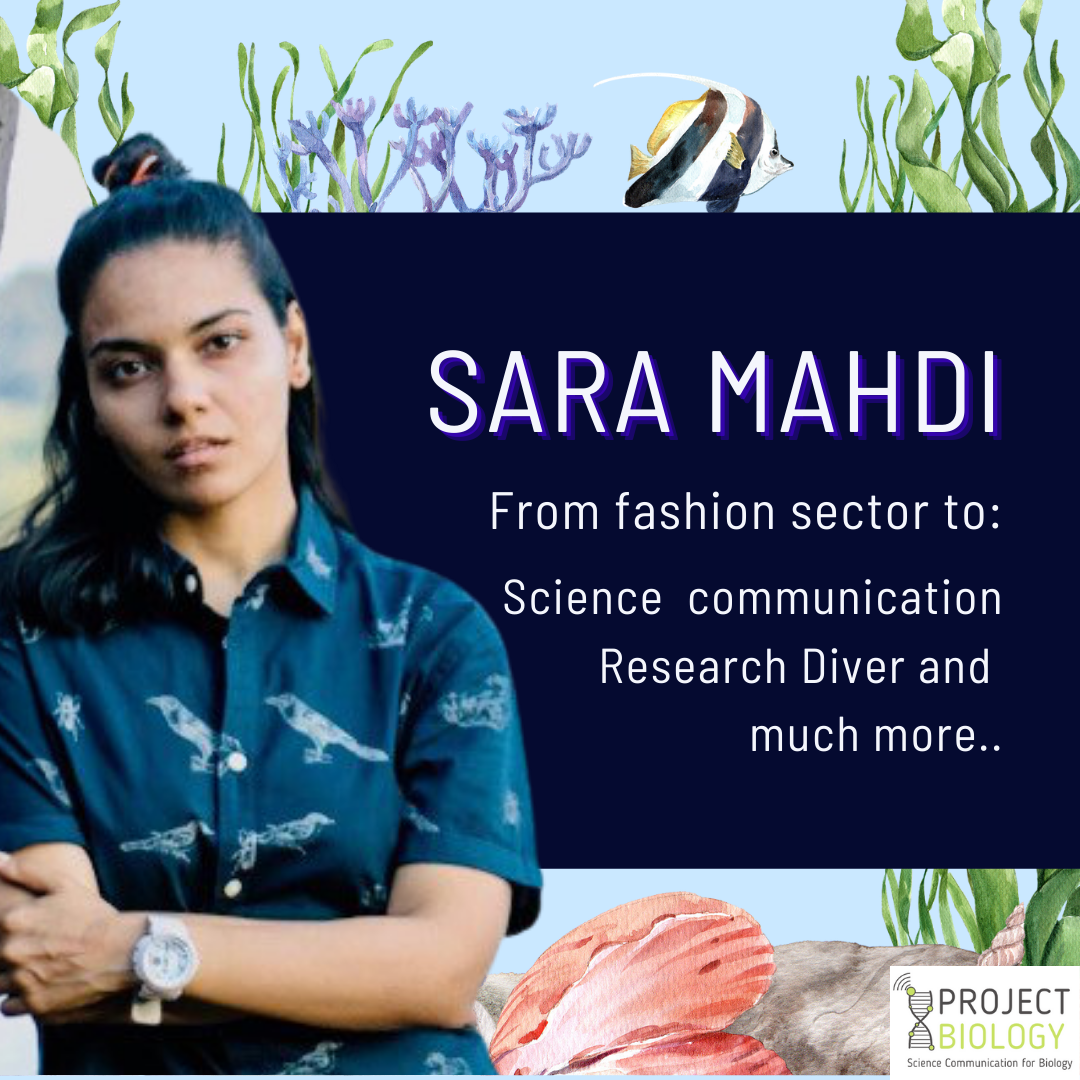Ever since the surfacing of debate on ‘Should homemakers be paid a salary?’, the long-overdue social, economic, and political equality for the female gender came back to the spotlight. Such differences in socially and culturally created norms often give rise to disparities in different genders’ health and well-being. And mostly, the “fair sex” bears the brunt. Often, the issues such as the long hours of household chores, an unsafe office environment, gender-based violence, lack of sensitivity towards the third gender turn bleak the ability to exercise a healthy life. Hence, the global investment of efforts, policies, and relevant action in this regard becomes crucial.
Moving forward with Sustainable Development Goals
Accordingly, in 2015, the United Nations came up with the universal 2030 Agenda for Sustainable Development. The agenda includes seventeen quantitative goals – Sustainable Development Goals (SDG) committed to being achieved by 2030. Intended to eradicate the major global challenges, SDGs pay an especial focus on women’s health and gender equality.
Interestingly, WHO also observes gender equality as central to all SDGs, which, if remained unachieved, may compromise the implementation of the rest sixteen goals. Each SDG consists of one or more targets. Aligning to each target are indicators to identify instances of gender inequalities and measure achievements. For women’s health and equality the goals 3 and 5 remain important.
SDG #3: Good health and well-being for all
Ensuring healthy lives and promoting the well-being for all at all ages is essential to sustainable development.
Good health is a fundamental human right. Thus, healthcare continues to be a matter of concern around the world.
Although the Indian healthcare facilities are improving undoubtedly, not adequate steps have been taken to address women’s health issues. Several factors prevent women from availing themselves of health amenities.
For example, no gender-based data about the disease incidence, prevalence, morbidity, and mortality exists. The evidence about preventive care for women remains amiss. Adequate knowledge about such issues can help curb the death from noncommunicable diseases.
Mental health issues remain massively unrecognized, again with no gender-specific data. So, accessible and affordable female health solutions are the need of the hour.
There are two female-oriented targets within SDG 3 on women health:
- Reduce global maternal mortality ratio to less than 70 per 100,000 live births.
- Ensure universal access to sexual and reproductive health-care services.
However, every day nearly 800 women succumb to complications of pregnancy and child-birth. These complications result from bleeding, infection, high blood pressure, unsafe abortions, etc. 94% of these cases occur in resource-limited settings.
The sad part is that many deaths are preventable, but only with a skilled healthcare professional’s timely help. Additionally, young adolescent girls (aged 10-14 years) face a higher risk of complications mainly due to unwanted pregnancy and unsafe abortion procedures.
SDG #5: Gender equality
Gender equality is not only a fundamental human right but a necessary foundation for a peaceful, prosperous and sustainable world.
There are nine targets within SDG 5 on women empowerment:
- End all forms of discrimination, violence against all women and girls in public and private spheres.
- Bring an end to all harmful practices, such as child, early and forced marriage, and female genital mutilation.
- Recognize and value unpaid care and domestic work.
- Ensure women’s full and effective participation and equal opportunities for leadership at all levels.
- Ensure universal access to sexual and reproductive health and reproductive rights.
- Undertake reforms to give women equal rights to economic resources and access to ownership and control over land and other forms of property, financial services, inheritance, and natural resources.
- Enhance the use of enabling technology, in particular information and communications technology.
- Adopt and strengthen sound policies and enforceable legislation to promote gender equality and the empowerment of all women and girls at all levels.
The healthcare system in India suffers from extensive discrimination. The younger women (30 and below) and the older women (60 and above) are most likely to miss out on hospital healthcare availability. Also, the women who live farthest away from the hospitals suffer a similar fate. Moreover, the lack of gender-based differentiation in the healthcare system tends to neglect women’s unique needs. In terms of reproductive health, healthcare often focuses on fertility control rather than an overall holistic approach.
Why is there a necessity for SDGs to solve female gender-related issues?
- SDGs raise awareness and educate government, corporate sector players, academics, civil society leaders, and ordinary citizens about the need for equal rights and opportunities for women.
- Since these are implemented on a global scale, the goals motivate global communities to work in unison. As the popular saying goes, ‘in unity there is strength, this shared focus results in a greater mobilization of stakeholders and change-makers.
- They allow public and private sector players to form long-term transformative change in achieving the goal. This will help to protect the planning process from short-term business and political importance.
- They empower civil society groups to monitor the goal’s advancement by questioning the government and private companies.
Indian approach/context
With a likelihood of soon becoming the fastest-growing economy globally, India needs to be concerned about these two goals. In a bid to do so, India set up ‘Think Tank-NITI Aayog, in 2015. Abbreviating for National Institution for Transforming India (where there is a federal structure of governance), together with the Ministry of Health and Family Welfare, aims to drive the 2030 Agenda by fostering cooperative and competitive federalism through the involvement of state governments/UTs towards a common cause.
Accomplishments and current status of NITI Aayog initiatives like in promoting women health and gender equality in 2019-20:
- In reducing the maternal mortality rate (MMR), the MMR has seen a decline over India’s years. Kerala, Maharashtra, and Tamil Nadu achieved an MMR target below 70 for every one lakh live births. However, there remains room for improvement in the same at the national level.
- In promoting child deliveries in hospitals– About 54.7% of deliveries took place in health institutions. The proportion of births attended by skilled health workers is a quantitative indicator of Target #1, which shows the difference to be covered in achieving T#1.
- Family planning– Around 47.8% of married women aged 15 to 49 years used a modern family planning method like intrauterine devices (IUDs), injectables, and barrier methods. The UN is committed to make it 100 percent. The UN aims to ensure universal access to sexual and reproductive health care services like family planning and education.
How can you, as a science communicator, help?
A high-level global conference convened by SDSN and Springer Nature saw a discussion on solving the most critical sustainable development challenges.
The key takeaways highlighted the need for strong engagement with people and communities, the importance of making data available, accessing improved strategies to bring scientific communities, and cutting across silos to communicate scientific findings.
Accordingly, through science communication, the information can be dispersed down to the grass-roots level, educating women and helping them harness the power of information.
Further, the regional communicators having command over the local language can help propagate the goals and the required actions while facilitating a two-way dialog with the target audience.
Doing so can produce long-lasting, positive impacts on education, economic prosperity, social inclusion, and environmental protection, taking women forward to a new era of sustainable development.
Furthermore, per UNSECO:
The new paradigm for health is people-oriented: A bottom-up process that pays due attention to the individual, the family, and the community, but especially to the underprivileged and those who are at risks, such as women and children, and the elderly.
Additionally, mobilizing people at grassroots levels through informing and motivating community members through multiple channels and sustaining active participation can also be achieved through targeted science communication activities.
Factors to consider for communication
Level of literacy: Before composing the information material, in-depth knowledge about the target women audience’s literacy level remains important. Even in an urban setting, women’s different demographics exist, such as literate corporate workers and illiterate house help. Thus, researching and understanding the demographic divide also helps understand the issues the section of women face.
Paying attention to the type of information: The type of information and the content will depend on the audience type. The illiterate audiences can benefit from audiovisuals, while those who can read can be provided with informational pamphlets. Similarly, the health issues under discussion will also vary per the age of women and their life stages.
Facilitating education and training: As a science communicator, you may be engaged in content production or facilitating education and training. The ability to explain the science positively to the target audience can help you act as a facilitator or trainer.
Access to information and gender consciousness: While undertaking communication efforts, one needs to ensure suitable access to information. Moreover, the information shall be provided in a gender-conscious manner. Here giving due consideration to both the cis and trans genders remains important.
Availability of technology and knowhow among women: If the solutions or knowledge needs to be delivered in a technology-based environment, then prior assessment of women’s level of friendliness, access, and know-how of the technology shall be done. It’s necessary as many times, women remain bereft of access to technology and even basic training due to gender-discriminatory behaviors.
Knowledge and implications of policy processes: The prior knowledge of the policy implications and the gaps can help identify the areas of application and the current environment. It can also help you connect your communication initiatives with the government’s goals and objectives.
Way to go…
Despite global efforts and wide progress in vanquishing gender-based social and health disparities, gender equality remains an elusive goal. Therefore, it becomes of paramount importance to identify the bottlenecks and factors which lead to gaps in the current system and bridge them. Equal rights to men and women ensure a world with fair treatment for all individuals and human-centered development. By educating women through accessible, easy-to-understand science communication programs and initiatives, we can bring greater empowerment and ensure a healthy nation.




